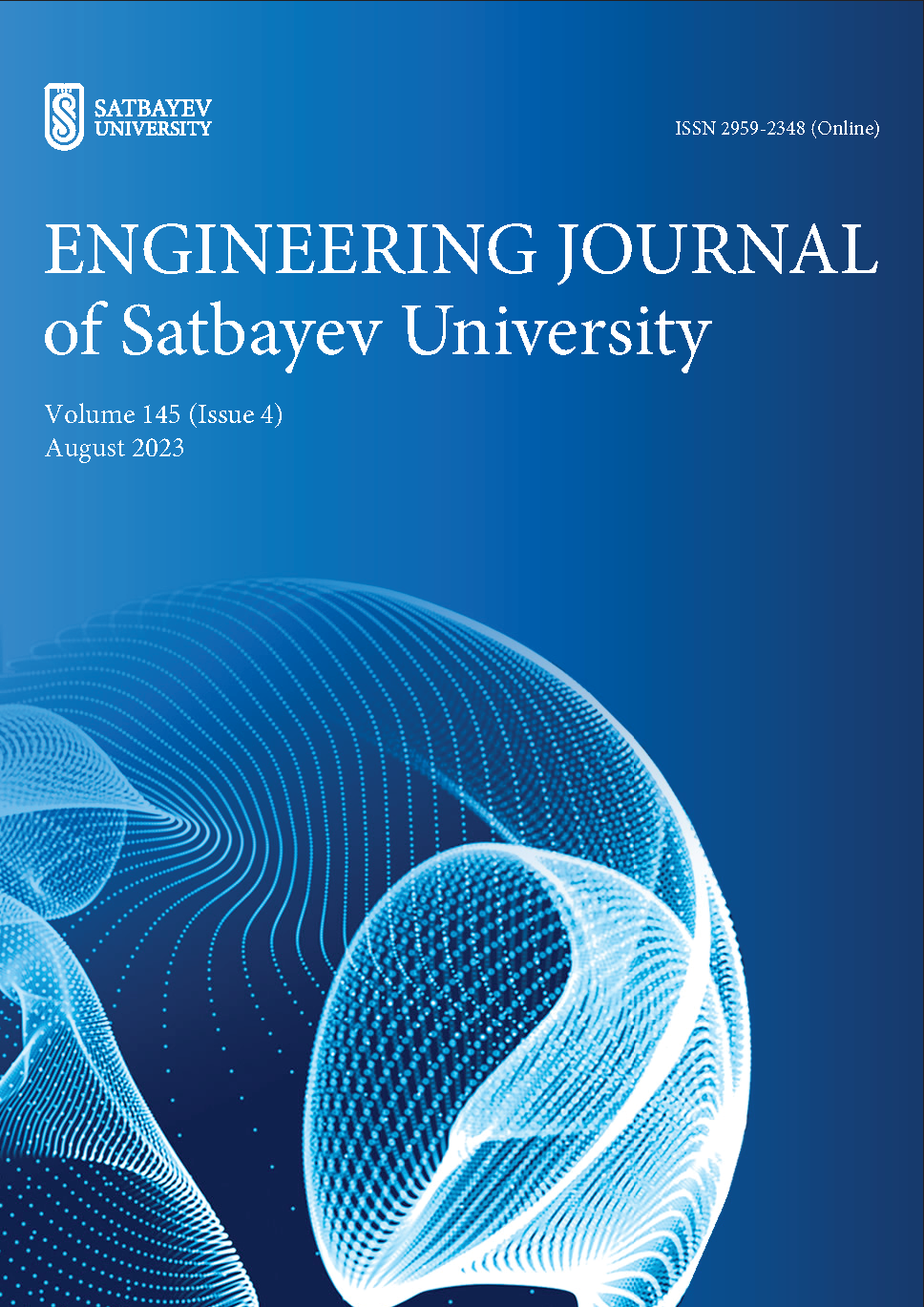Effect of various phosphate inhibitors on corrosion of low carbon steel in 3% sodium chloride solution
DOI:
https://doi.org/10.51301/ejsu.2023.i4.04Keywords:
corrosion, corrosion rate, inhibitor, inhibitory properties, inhibitor efficiencyAbstract
The inhibitory properties of various phosphate inhibitors were studied on low-carbon steel (St3) in 3% sodium chloride solution. Standard gravimetric method and electrochemical measurements were used. It has been shown that adding calcium manganese phosphate to a 3% NaCl solution in concentrations of 5-100 mg P2O5/l reduces the corrosion rate of St3. The inhibitor efficiency at 100 mg P2O5/l is 91.8%. Adding sodium polyphosphate at concentrations of 1-20 mg P2O5/L to the chloride solution increases the corrosion rate of St3. The inhibitor efficiency of NaPO3 at 100 mg P2O5/l is 24.4%. The results of electrochemical tests obtained by taking and calculating polarization curves confirm the data of gravimetric measurements. Using electron microscopy, it has been shown that uneven loose deposits with low protective properties are formed on the steel surface in a 3% sodium chloride solution both without additives and with sodium polyphosphate additives. When sodium chloride (Ca, Mn)(PO3)2 is added to the solution, ordered fine-grained deposits with high protective properties are formed on the steel. IR spectroscopic analysis of deposits formed on the surface of St3 in 3% NaCl solution with addition of various phosphates was performed. It has been found that uniform coatings containing insoluble calcium hydrophosphates are formed in the presence of (Ca, Mn)(PO3)2.
Downloads
Published
How to Cite
Issue
Section
License
Copyright (c) 2023 Engineering Journal of Satbayev University

This work is licensed under a Creative Commons Attribution-NonCommercial-NoDerivatives 4.0 International License.
<div class="pkpfooter-son">
<a rel="license" href="http://creativecommons.org/licenses/by-nc/4.0/"><img alt="Creative Commons License" style="border-width:0" src="https://i.creativecommons.org/l/by-nc/4.0/80x15.png"></a><br>This work is licensed under a <a rel="license" href="http://creativecommons.org/licenses/by-nc/4.0/">Creative Commons Attribution-NonCommercial 4.0 International License</a>.
</div>





